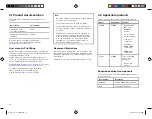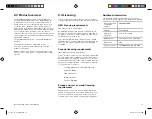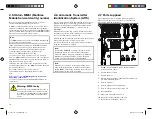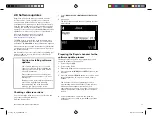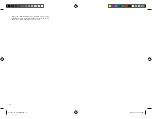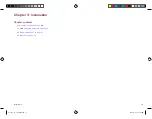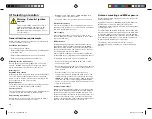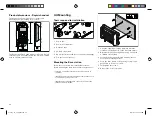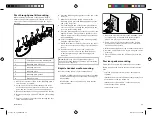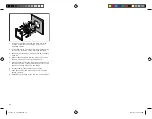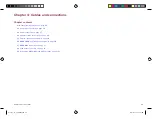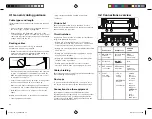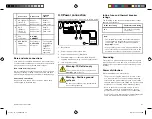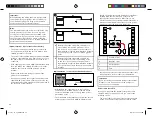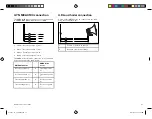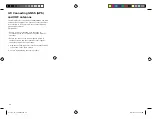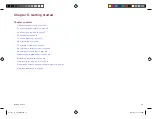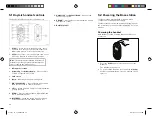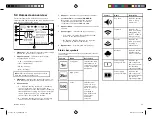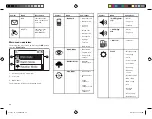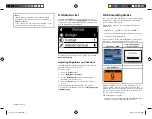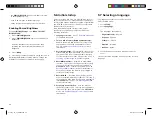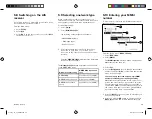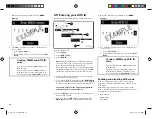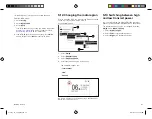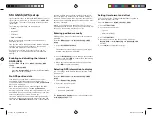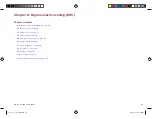
Important:
When planning and wiring, take into consideration
other products in your system, some of which (e.g.
sonar modules) may place large power demand
peaks on the vessel’s electrical system.
Note:
The information provided below is for guidance only,
to help protect your product. It covers common
vessel power arrangements, but does NOT cover
every scenario. If you are unsure how to provide
the correct level of protection, please consult an
authorized Raymarine dealer or a suitably qualified
professional marine electrician.
Implementation — direct connection to battery
• The power cable supplied with your product may
be connected directly to the vessel's battery, via a
suitably rated fuse or breaker.
• The power cable supplied with your product may NOT
include a separate drain wire. If this is the case, only
the power cable’s red and black wires need to be
connected.
• If the supplied power cable is NOT fitted with an inline
fuse, you MUST fit a suitably rated fuse or breaker
between the red wire and the battery’s positive
terminal.
• Refer to the inline fuse ratings provided in the
product’s documentation.
• If you need to extend the length of the power cable
supplied with your product, ensure you observe the
dedicated
Power cable extensions
advice provided in
the product’s documentation.
A
Battery connection scenario A: suitable for a
vessel with a common RF ground point. In
this scenario, if your product’s power cable is
supplied with a separate drain wire then it should
be connected to the vessel’s common ground
point.
B
Battery connection scenario B: suitable for
a vessel without a common grounding point.
In this case, if your product’s power cable is
supplied with a separate drain wire then it should
be connected directly to the battery’s negative
terminal.
Implementation — connection to distribution panel
• Alternatively, the supplied power cable may be
connected to a suitable breaker or switch on the
vessel's distribution panel or factory-fitted power
distribution point.
• The distribution point should be fed from the vessel’s
primary power source by 8 AWG (8.36 mm
2
) cable.
• Ideally, all equipment should be wired to individual
suitably-rated thermal breakers or fuses, with
appropriate circuit protection. Where this is not
possible and more than 1 item of equipment shares a
breaker, use individual in-line fuses for each power
circuit to provide the necessary protection.
1
Positive (+) bar
2
Negative (-) bar
3
Circuit breaker
4
Fuse
• In all cases, observe the recommended breaker / fuse
ratings provided in the product’s documentation.
Important:
Be aware that the suitable fuse rating for the thermal
breaker or fuse is dependent on the number of
devices you are connecting.
Power cable extension
If you need to extend the length of the power cable
supplied with your product, ensure you observe the
following advice:
• The power cable for each unit in your system should
be run as a separate, single length of 2-wire cable
28
81377-1-en_US_PRINT.pdf 28
12/21/2017 9:05:37 PM

